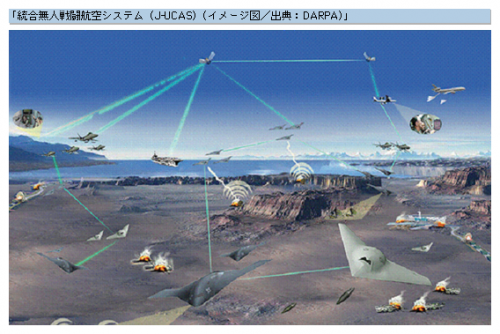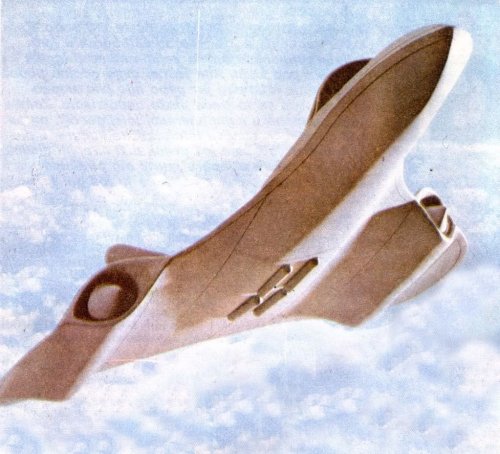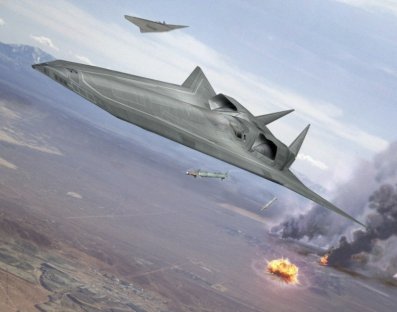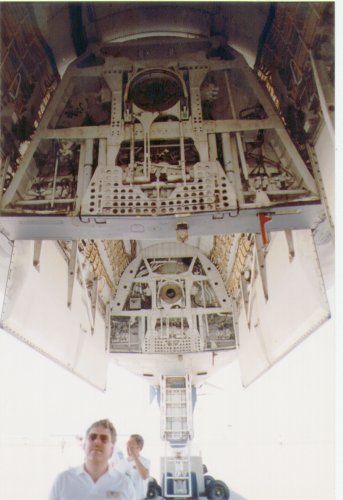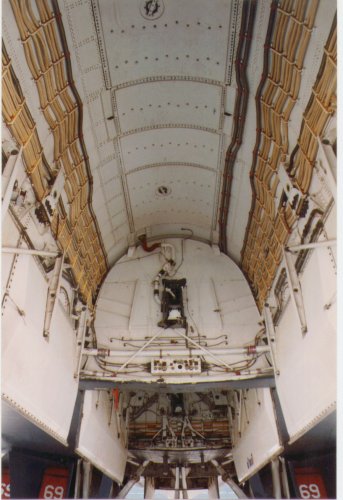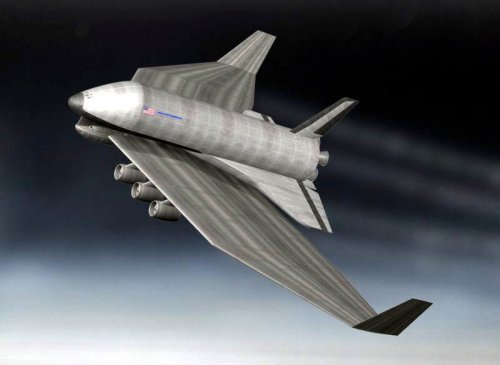From Insidedefense.com
Pentagon: Long-Range Strike Study To Relook Power Projection Concept
_______________________________________________
Date: May 6, 2010
The Defense Department’s ongoing long-range strike study will re-examine the “whole concept of power projection,” according to a Pentagon official.
The study is in the early stages, but the goal is to produce insights by early fall, in time to influence the Office of the Secretary of Defense’s review of the services’ fiscal year 2012 program objective memorandum (POM-12) submissions, Deputy Assistant Secretary of Defense for Force Development David Ochmanek told Inside the Pentagon.
“We’re looking at the portfolio of long-range strike capabilities,” Ochmanek said, including “supporting elements of that, whether it’s penetrating [intelligence, surveillance and reconnaissance]; survivable command and control communications; weapons and munitions; base infrastructure -- really the whole concept of power projection is being relooked at.” There are no early takeaways from the study yet, Ochmanek said in an April 21 interview.
“No, we’re still at the point of refining the specific scenarios to be looked at, the target sets, the modalities of the analysis,” he said. The analysis is mulling the appropriate mix of long-range strike capabilities, including heavy bombers and non-nuclear Prompt Global Strike. The Quadrennial Defense Review called for the study to determine the best mix of joint persistent surveillance, electronic warfare, and precision-attack capabilities -- including both penetrating platforms and stand-off weapons -- for U.S. power projection over the next 20 to 30 years.
“We have been examining the potential as well for some sort of nontraditional long-range strike assets,” Ochmanek said. “You’ve heard about the Prompt Global Strike set of concepts. Where do they fit into an overall concept of operations? So that’s been going on sort of in parallel with an analysis of more traditional things like bombers and cruise missiles.”
To meet the potential threats to the American military’s ability to project power, deter aggression, and come to the aid of allies and partners, the QDR directs more focus and investment in a new air-sea battle concept, long-range strike, space and cyberspace, among other conventional and strategic modernization programs.
The QDR notes the Air Force is eying ways to field survivable, long-range surveillance and strike aircraft as part of a plan to modernize the bomber force and working with the Navy on options for a new joint cruise missile.
The Navy, meanwhile, is mulling ways to expand the capacity of future Virginia-class attack submarines for long-range strike while also planning experiments with prototypes of a Naval Unmanned Combat Aerial System, a drone that might one day greatly boost the range of carrier-based ISR and strike operations. In a speech Monday at the Navy League’s annual conference, Defense Secretary Robert Gates touted such efforts.
Gates called for extending the range at which U.S. naval forces can fight, refuel and strike with more resources devoted to long-range unmanned aircraft and intelligence, surveillance and reconnaissance capabilities; developing new sea-based missile defenses; giving the submarine force “expanded roles,” including conducting more missions deep inside an enemy’s battle network; increasing sub strike capability and using smaller and unmanned underwater platforms.
“Looking forward, we are focused on the challenge of anti-access adversaries and how we do power projection in a world where our adversaries have more capabilities to threaten our forces and bases in theaters of operation than has been the case in the past,” Ochmanek said.
The QDR discusses that, makes some “down payments on capabilities” and moves in that direction, “but there is more to be done,” Ochmanek added.
“We know other nations are working on asymmetric ways to thwart the reach and striking power of the U.S. battle fleet,” Gates said Monday. “At the low end, Hezbollah, a nonstate actor, used anti-ship missiles against the Israeli navy in 2006. And Iran is combining ballistic and cruise missiles, anti-ship missiles, mines and swarming speedboats in order to challenge our naval power in that region.”
At the higher end of the access-denial spectrum, he said, U.S. forces now face long-range, accurate anti-ship cruise and ballistic missiles with the capability to strike from over the horizon.
“This is a particular concern with aircraft carriers and other large, multibillion-dollar blue-water surface combatants, where, for example, a Ford-class carrier plus its full complement of the latest aircraft would represent potentially a $15 [billion] to $20 billion set of hardware at risk,” Gates said.
Gates said the agreement by the Navy and the Air Force to collaborate on an air-sea battle concept is “an encouraging development, which has the potential to do for America’s military deterrent power at the beginning of the 21st century what air-land battle did near the end of the 20th.” Work on the concept is progressing, Ochmanek said.
“That’s going on as well between the Air Force and the Navy and we’re very hopeful that’s going to come up with some new ways to skin this cat,” he told ITP. “There’s still in the study and analysis phase but we’re kind of following that pretty closely.” -- Christopher J. Castelli



